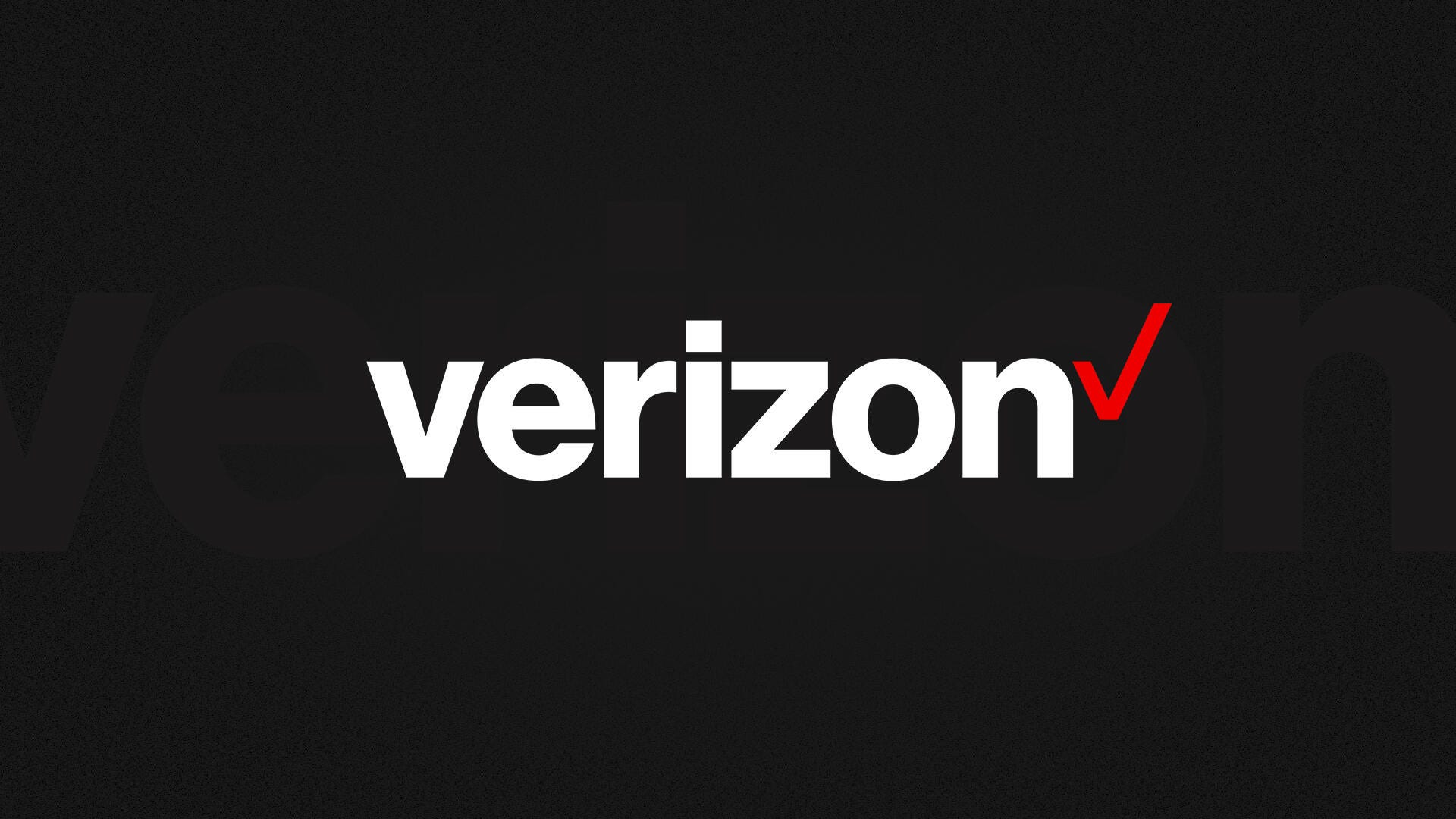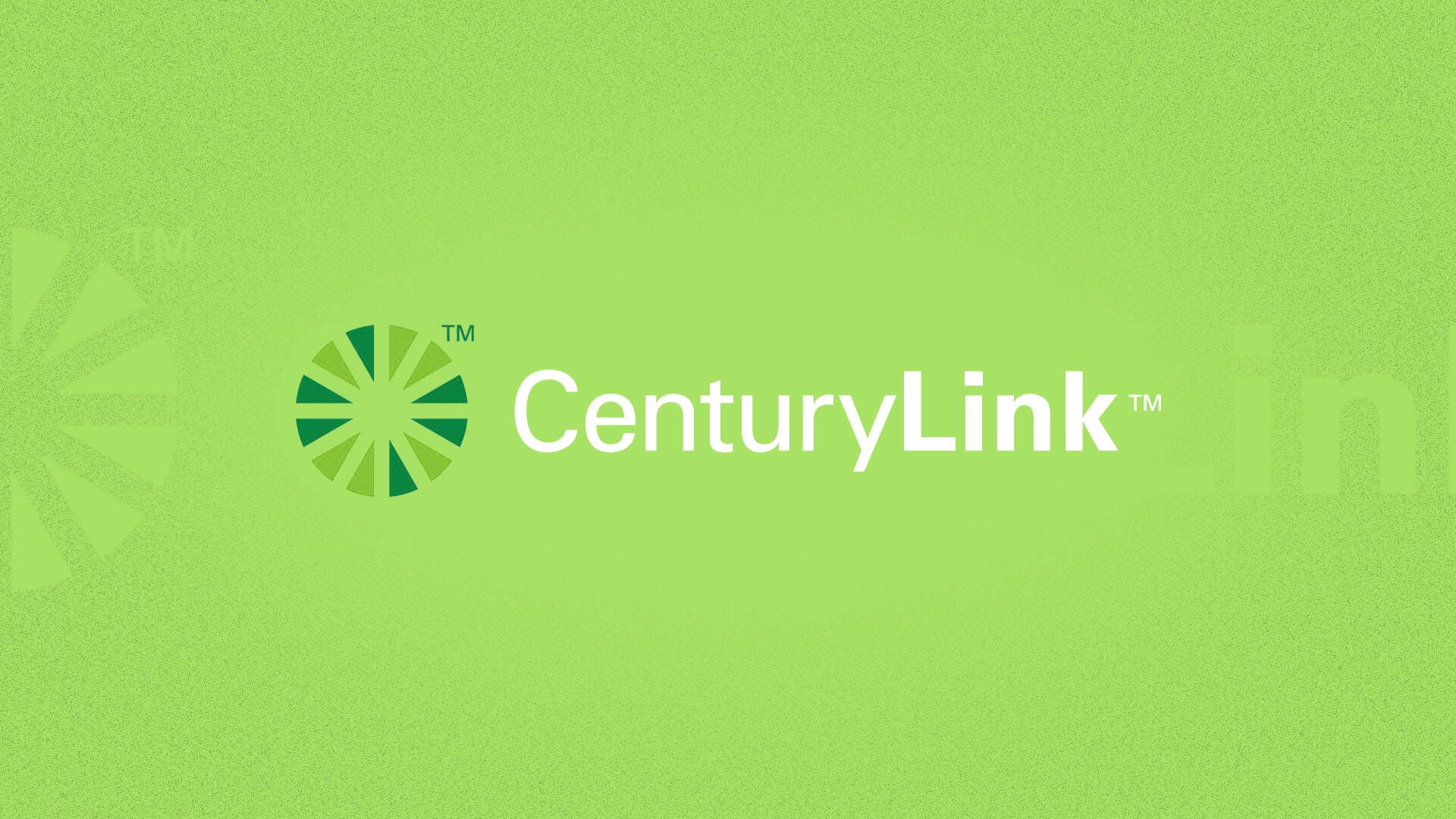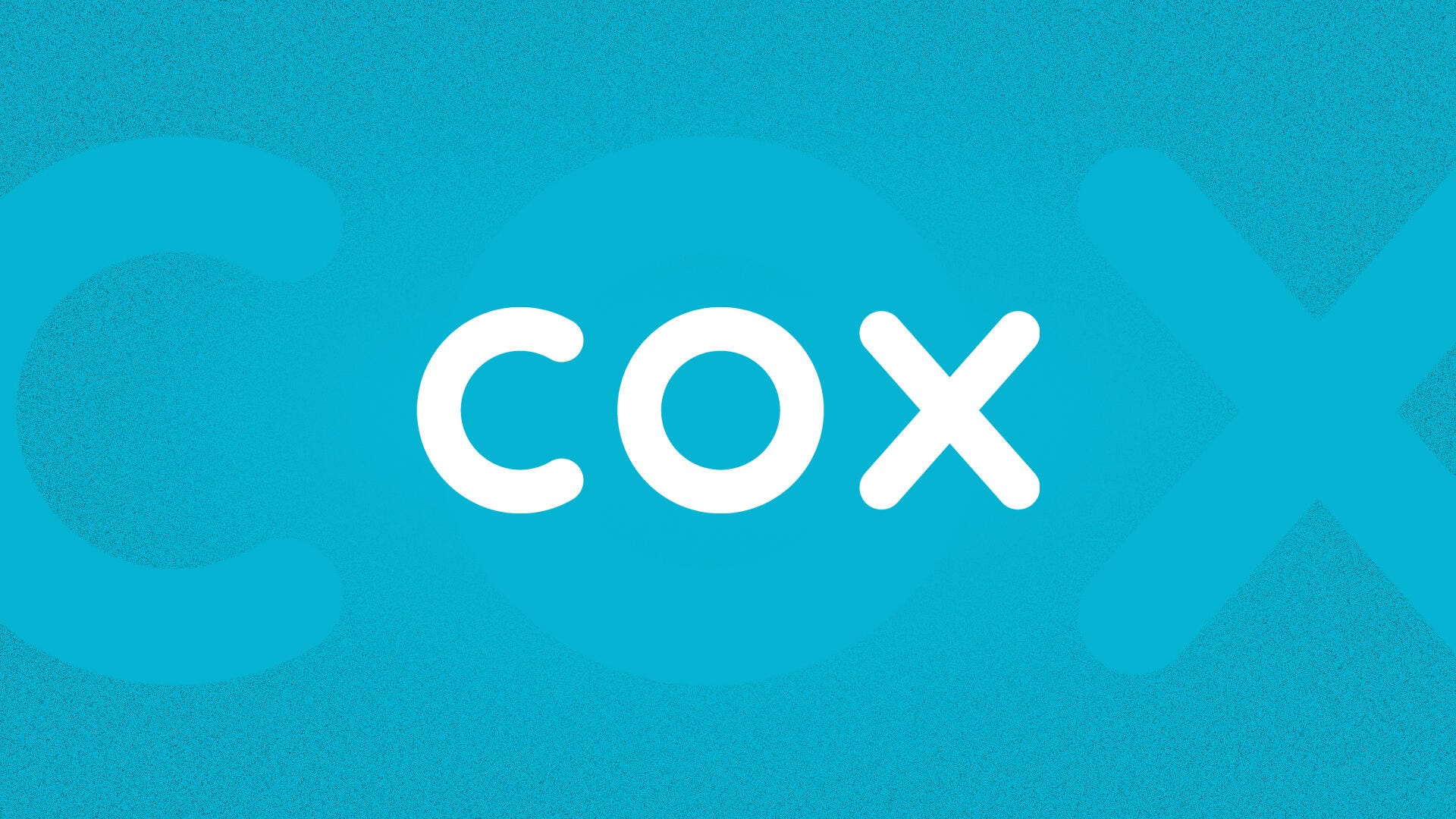
Where Can I Find Internet in My Area?
Picks
90001 Edit ZIP code
Why we chose these providers
Sort by
Combining coverage areas for high availability.
Earthlink Internet
Not available Provider
 90001
90001
Zip code edit
. .
Check with T-Mobile
Not available Provider

90001

Zip code edit
.. .
Not available Provider
90001

Zip code edit

Call us to find out more.
Not available Provider
90001

Zip code edit

Call us to find out more.
90001
Zip code edit

.

Call us to find out more.
(844) 308-8919
Second largest 5G coverage in the country
Zip code edit
.

.

Call us to find out more.
–
Coverage in Florida and West of the Mississippi
Check with CenturyLink
. .

.
Call us to find out more.
(877) 641-4645
Great coverage of the Northeast and mid Atlantic
Verizon Fios Check out
Not available Provider
. .

Call us to find out more.
(877) 665-6130
Cable internet coverage in major metro areas.
Cox Communications
Not available Provider
90001
Zip code edit
Call us to find out more.
(844) 676-2654
In 25 states, fiber coverage is available in 15 of them.
Frontier Fiber

Not available Provider

Zip code edit
. .
Check out Optimum Internet
Not available Provider

90001
Zip code edit
.. .
90001
Zip code edit

.

Call us to find out more.
(844) 283-9288
Coverage of rural and suburban areas in the Midwest, South, and Southwest
Zip code edit
.

.

Call us to find out more.
(855) 387-1056
Cable internet coverage in selected major markets
Astound Broadband can help you with your Internet connection.
. .

.
Call us to find out more.
(877) 308-2484
Coverage includes the Midwest and South
Mediacom Communications is the place to go.
Not available Provider
. .

Call us to find out more.
(866) 225-4105
See 10 more
What’s the best provider of internet in your area? More than a third have only one internet provider. Unfortunately, we’re limited by what internet providers serve our address. The providers, technologies and speeds available will depend on where you live. You may only have one or two types of internet connections, such as fiber or cable. There are many areas that have a cable provider and a DSL
Spectrum , while

AT&T Fiber

EarthLink: Available in 48 states, with 75% nationwide coverage. T-Mobile Home Internet
: Available in 49 states, with 60% nationwide coverage.
AT&T
: Available in 21 states, with 49% nationwide coverage.
Xfinity
: Available in 39 states, with 34% nationwide coverage.Spectrum: Available in 41 states, with 29% nationwide coverage.Verizon 5G Home Internet: Available in 50 states, with 22% nationwide coverage.CenturyLink and
Quantum Fiber: Available in 16 states, with 11% nationwide coverage.Verizon Fios: Available in nine states, with 9% nationwide coverage.Cox: Available in 18 states, with 5% nationwide coverage.Frontier: Available in 29 states, with 5% nationwide coverage.Optimum: Available in 21 states, with 7% nationwide coverage.Rise Broadband
: Available in 16 states, with less than 1% nationwide coverage.
Windstream: Available in 18 states, with 2% nationwide coverage.Astound: Available in 12 states, with 2% nationwide coverage.
Mediacom
: Available in 22 states, with 2% nationwide coverage.
There’s a good chance one or more of the 15 providers listed above are available in your area. Below you’ll find more information on each provider’s network and availability. Price range
$55 to $190 per month
Our Take –
- EarthLink is EarthLink’s unique service delivery model allows it to reach approximately 200 million people. EarthLink offers internet service by using the networks of major providers like AT&T CenturyLink Frontier and CenturyLink, instead of installing fiber As a result, EarthLink essentially boasts the availability of multiple providers combined.
- ..
- .
Call us to find out more.
(855) 224-3025
Check with Earthlink- Speed range 10 – 5,000
- MbpsPrice range
- $55 – $190 per monthConnection Fixed wireless
- Speed range 72 – 245
- MbpsPrice range
- $60 per month
- Our take – 5G wireless service is great for our phones, but T-Mobile is proving the technology can also serve as a primary home internet connection. Since launching its 5G network just a few years ago, T-Mobile has quickly expanded its home internet service to cover many US households across every state, excluding Alaska.
- ..
- .
Call us to find out more. - (866) 953-6099
- Check with T-Mobile Connection
Fixed wireless

72 – 245 Mbps
Price range
$60 per month
Speed range 300 – 5,000
per month Our take –
.
. .
Call us to find out more.
(844) 471-4975
Check with AT&T if you live in the mid-Atlantic, Northeast, Midwest or along the West Coast. Xfinity may be available in your area if you live in the mid-Atlantic, Northeast, Midwest or along the West Coast, but random pockets of serviceability can be found in much of the South as well as parts of Arizona, Colorado, New Mexico and Utah. .

.
Call us to find out more.
(877) 533-4521
Check with Xfinity Spectrum is the US’s second largest cable provider behind Xfinity. It covers nearly a third (31%) of the US population in 41 states. Spectrum mainly serves areas that Xfinity doesn’t. .
.
.
Call us to find out more.
(844) 308-8919
Check with Spectrum
Price range $50 – $80
Connection
Fixed wireless
Speed range
85 – 1,000 Mbps
Price range
$50 – $70 per month

Verizon’s 5G coverage comes at a close second to T-Mobile’s. Verizon’s commitment in expanding its services throughout the United States is extraordinary. T-Mobile, for example, reported in its latest quarterly report that the number of Home Internet customers had risen to just under 6.4 million. Verizon’s latest 5G quarterly report estimates that its customer base will be more than 12,000,000 at the end the fourth quarter 2024. .
.
.
Call us to find out more.
–
Check with Verizon
85 – 1,000 Mbps
$50 – $70
per month Speed range
10 – 140
Mbps Price range

per month Our take –
Lumen Technologies (CenturyLink, Quantum Fiber) had the largest coverage area of nearly any provider, excluding satellite, before selling a chunk of networks in the East to ISP newcomer Brightspeed. Still, Lumen Technologies has a fairly large presence, particularly in the western half of the US, thanks to its DSL (CenturyLink) and fiber (Quantum Fiber) networks.
. .
.
Call us to find out more.
.
Call us to find out more.
Check with Verizon
Speed range 300 – 2,000
Mbps
Price range $50 – $120

Connection Mostly cable, some fiber
Speed range
100 – 2,000 Mbps
Price range $50 – $110
. .
Call us to find out more.
(844) 676-2654
Check with Cox
Connection
Mostly cable, some fiber Speed range

Mbps
Price range
$50 – $110 per month
Speed range
500 – 5,000 Mbps
Price range $50 – $155
. .
Call us to find out more.
(877) 308-8380
Check with Frontier
Speed range 500 – 5,000
Mbps
Price range $50 – $155

Speed range 300 – 8,000
Mbps
Price range $40 – $280
per monthOur take –
.
Call us to find out more.
Check with Optimum
Speed range 300 – 8,000
Mbps
Price range $40 – $280

Connection Fixed wireless
Price range
$45 – $65 per month
Our take – Rise Broadband best serves rural areas as it is the nation’s largest fixed wireless provider excluding T-Mobile Home Internet and Verizon 5G Home Internet. Fixed wireless internet does not require a phone or cable line at your home. This makes it perfect for rural internet services. Consequently, rural areas are where you’re most likely to find Rise Broadband, especially those in the central US or rural parts of Idaho, Nevada and Texas.
Call us to find out more.
(844) 283-9288
Connection
Fixed wireless Price range
$45 – $65
per month Speed range

Mbps
Price range
$40 – $70 per month
Our take –
Another champion of rural areas, Windstream’s internet service, Kinetic, is available in 18 states but only about 2% of US households. Kinetic may be available if you are in a rural area or suburb in the South, Midwest or West. However, Kinetic coverage reaches as far as New Mexico. Iowa, Georgia, Kentucky and Texas have the greatest Kinetic serviceability, but you may also find Kinetic internet near you in parts of Arkansas, New York, North Carolina, Ohio and Pennsylvania, among other states. .
..
Speed range 100 – 1,000
Price range
$40 – $70
per month
Speed range 100 – 1,500
Mbps
Price range $20 – $80

Our take – You may have known Astound by another name (RCN, Grande Communications or Wave Broadband), but the provider is well-established in some major markets, including Boston, Chicago, New York City, Philadelphia, San Francisco, Seattle and Washington, D.C.
.
. .
Call us to find out more.
(877) 308-2484
Check out Astound’s
Price Range $20 – $80.00
Speed Range
100 – 1,000 Mbps
Price Range
$25 – $80.00 per month

Mediacom is available in random parts of the Midwest All in all, Mediacom is available to just over 2% of US residents with coverage spanning 22 states. .
.
.
Call us to find out more.
(866) 225-4105
Compare the top internet providers. The advertised maximum speed may not be available for your area. The best plan for you, and the one that is most cost-effective, might be another tier of service. This tier may offer a higher speed but at a lower price. To more fully understand this value-based approach, check out CNET’s guide to examining the cost per Mbps
? From New York to San Francisco, we provide a detailed look at the top internet providers. Click any of the links below to learn more about available internet options in the area. Atlanta, Georgia
Boston, Massachusetts
Brooklyn, New York Charlotte, North Carolina
Chicago, Illinois
Columbus, Ohio Dallas, Texas

Detroit, Michigan
Houston, Texas
Indianapolis, Indiana Jacksonville, Florida
Las Vegas, NevadaLos Angeles, California
New York, New York Philadelphia, Pennsylvania
Portland, Oregon
San Antonio, Texas
San Diego, California
San Francisco, California Seattle, Washington

Washington D.C. We didn’t forget about local internet providers
Sarah Tew/CNET
Around fifteen or so internet providers make up the majority of internet serviceability, but there are literally thousands of smaller ISPs that operate in hyperlocal markets. Providers such as Armstrong, Ziply Fiber
and WideOpenWest
download speeds of up to 100 megabits per second and upload speeds of 20Mbps. However, this number doesn’t reflect the broadband divide. Satellite internet may be the reason for these high FCC figures. If you remove satellite technology, broadband availability drops from 91% to 89%. Less than a third have three or more ISPs available in their area. As you go up in speed from 25 to 100, 250 and 1,000Mbps, availability drops to 46%: It’s evident that high-speed options are sorely limited.
The available internet tech type can make a big difference in available speeds and performance. The most popular option is fiber internet, which offers symmetrical upload/download speed, and is more reliable. However, availability is low. Cable internet
, another option for high-speed Internet in many places, is also popular. This option is more available than fiber, but it does not provide the same upload speeds or reliability. DSL
and fixed wireless internet are excellent rural internet options, but they can’t compare to the speeds or reliability of fiber or cable connections.
For a further breakdown on the various types of internet, check out our guide to internet connection types. Internet connection type availability

National availability 25Mbps or higher coverage
100Mbps or higher coverage
250Mbps or higher coverage 1,000Mbps or higher coverage
Cable83%
18% DSL
21%
4% 1%
0%
Fiber 42%

43% 42%
33%
Fixed wireless 80%
64%41%
Shop at my address
How to find the best internet service provider in your locality Discovering what is available will help you choose the right internet service provider. The search tool at the top of the page can give you a good idea about what providers are in your area, their speeds, and the cost. Once you have narrowed down your options, look at the terms and conditions of the service. Look for a plan that offers the speeds you need for the lowest price, but also be mindful of potential
and overage fees,
contract requirements ,
equipment rental fees
and other factors that can affect your service and monthly payment. For more tips on how to choose the right internet provider and plan, see
our guide to selecting the best home internet service
.How we selected the top ISPs in your areaCNET takes into account everything the average customer should know when determining the best internet service providers. When evaluating the ISPs in your area, we consider many factors, including connection type, speed, pricing, terms of service, customer satisfaction, and more. However, broadband availability is our primary concern. We use the latest FCC data in order to identify the providers and technologies that they are using. It’s not perfect, but it does help us to identify the top internet providers in terms of availability and where to find them.Check out our page on how we review internet providers for more information.Internet in my area FAQs
Why isn’t the internet available in my area?
The cost of operating and expanding in a new region, especially if it is already served by an ISP competing with the provider, is what prevents them from providing service in other areas. It is common for households to only have access to one service provider.
For instance, even though cable internet is accessible to 82% households, only 7% of them have access to multiple cable internet providers. Fiber-optic services have even fewer options for multiple providers. Around 43% of homes are eligible for fiber-optic internet but less than 3% offer more than one choice.
See more
When will I be able to get new internet service providers in my area?
It’s hard to predict if cable and fiber providers, including T-Mobile and Verizon, will continue to expand into new service areas. However smaller providers — with disruptive technologies — may lead the effort in the coming years. T-Mobile, Verizon and other providers are off to a promising beginning with G home internet. They’re bringing high-speed broadband into underserved areas, and introducing much-needed competition to others. Satellite internet, such as SpaceX’s Starlink and Amazon’s Project Kuiper, will also improve broadband options for rural and suburban areas over the next few years. Starry Internet uses a fixed-wireless network to offer high-speed, affordable alternatives to traditional providers.
In summary, don’t expect new internet options in your area to come from the established providers or their technologies anytime soon. Fiber internet is the exception, as its availability has nearly doubled in the past five years. Since 2018, fiber availability has increased only by 1 to 2 percent per year, indicating a slowdown in the expansion of fiber.
See more
Why is my internet so slow?
- Slow internet speeds can be caused by a number of factors. However, the most likely culprit is the technology. Satellite and DSL, the most common options for rural internet in those areas, are typically slower than other types of connection, with speeds ranging from 25Mbps to 100Mbps. If you are using cable or fiber internet and find that your connection is always slow, this could be because of Wi-Fi. Wi-Fi can reduce the actual speeds your provider sends to your home. You can improve Wi-Fi speed by upgrading your router or resetting your router. Consider upgrading to a higher speed plan if it is available. Visit our guide to learn how you can boost Wi-Fi speeds in your home.
See more - What are the best Internet deals and discounts for new customers or clients?
- New clients will usually get the best introductory price, but there may be other benefits such as gift cards or free installation. Verizon Fios offers the most generous bonus deals, but new customers are also able to score gift cards from AT&T Frontier Fiber WideOpenWest, and other providers. Check out our list of the top internet deals to see the latest offers from the leading ISPs.
How long does it take to set up a new internet service?
Most internet providers provide professional installation without additional charge. Your installation expert will set up your equipment, and run any cables needed. Installation times vary but should only take an hour. When initial or extensive wiring is required, installation can take up to 4 hours or even longer to complete. - Select providers offer self-installation, allowing you to set up your equipment on your time and at your convenience. The instructions for installation should come with your equipment. However, the process usually involves nothing more than plugging your router in. Self-installation can take as little as 30 minutes. If you need assistance, call the technical support number of your service provider.
